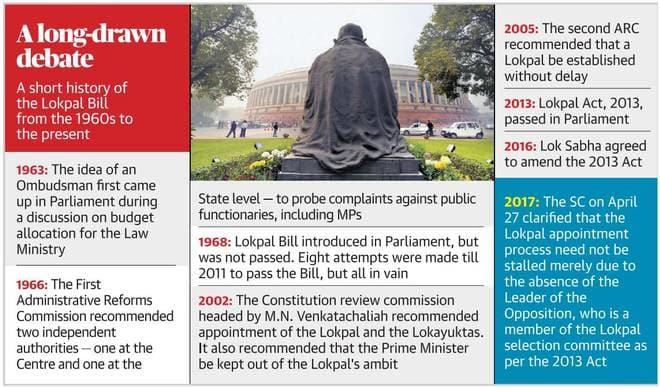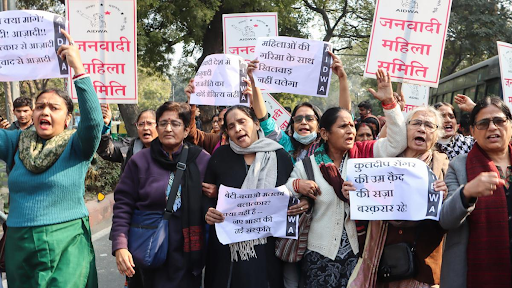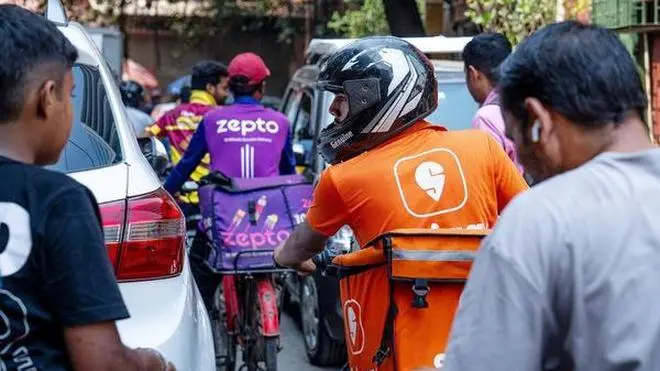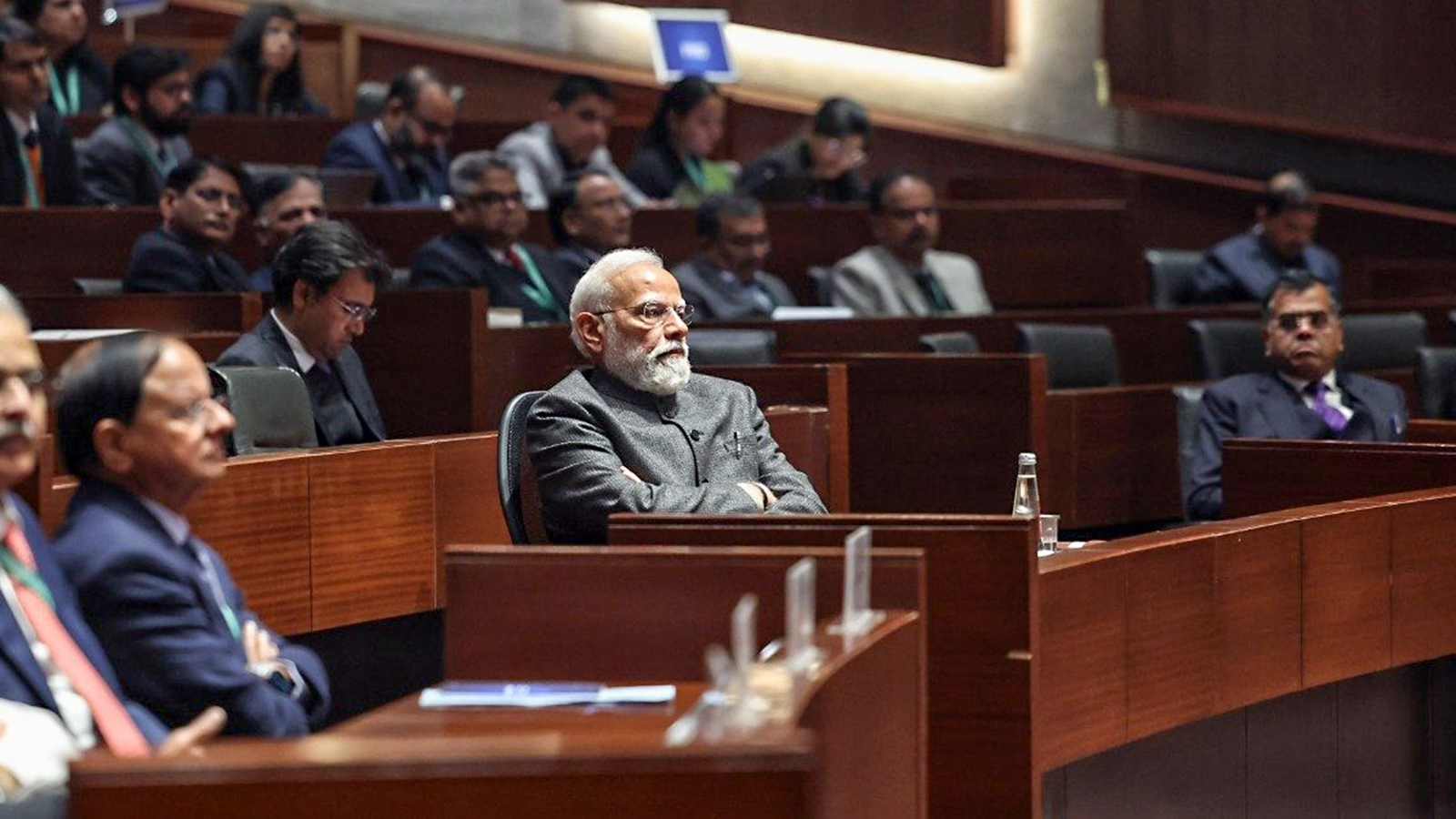Description

Copyright infringement is not intended
Context: Controversy over the amendment to the Lokayukta Act of Kerala
Details:
- The controversy over the amendment to the Lokayukta Act of Kerala, through an ordinance has raised the concerns in the State.
- Activists accused that the Government is trying to curb the powers of the Lokpal.
- The Government claimed that with the amendment, an unconstitutional provision in the Act “that gave power to the Lokpal to give directions to the Governor to remove a Chief Minister or a Minister on being found guilty of corruption” has been removed.
- This amendment has created a controversy in the media. The Lokayukta has indirectly expressed its dissatisfaction over the attempt to take away some of its powers.
- In order to understand Kerala Lokayukta controversy, it is necessary to understand the Lokpal and Lokayuktas Act enacted by Parliament.
Historical Background:
- The Lokpal-Lokayukta issue has always generated Controversy in the country.
- The term ‘Lokpal - Lokayukta’ was first mentioned in the report of Administrative Reforms Commission in 1966, The Commission was headed by Morarji Desai.
- The idea was to establish an ombudsman to redress public grievances against Political Corruption, and investigate Corruption charges on Public officials and Ministers of the government.
- The first Lokpal bill was introduced in the Lok Sabha in 1968 which lapsed with the dissolution of the House.
- After 10 failed attempts in the last 45 years, finally the Lokpal and Lokayuktas Bill were passed by Parliament in 2013. Anna Hazare’s movement and the active involvement of civil society generated a lot of moral pressure on the Government which ultimately led to the passing of the Bill.
Features of Lokpal and Lokayuktas Act 2013:
- It established the institution of the Lokpal at the Center and the Lokayukta at State level.
- Lokpal is headed by the Chief Justice of India or a retired judge.
- The Lokpal Jurisdictions cover the Prime Minister, Ministers, Members of Parliament and Groups A, B, C and D officers and officials of the Central Government.
- The Lokpal consists of a Chairperson with a maximum of 8 members of which 50% shall be judicial members.
- 50% of the members of the Lokpal shall come from amongst the SCs, the STs, the OBCs, minorities and women.
- The Chairperson and the members of Lokpal shall be selected through a Selection Committee consisting of:
- The Prime Minister
- Lok Sabha speaker
- Opposition leader in the Lok Sabha
- Chief Justice of India or a sitting Supreme Court Judge nominated by the Chief Justice of India.
- An eminent jurist to be nominated by the President of India.
- The Lokpal will have the administrative power over any investigating agency, including the CBI, for cases transferred to them by the Lokpal.
- A Committee chaired by the Prime Minister will recommend the selection of the Director of CBI.
- It included the provisions for attachment of property of public servants gained by corrupt means, even while the prosecution is pending.
- It lays down clear timelines. For preliminary enquiry, it is three months extendable by three months. For investigation, it is six months which may be extended by six months at a time.
- It enhances maximum punishment under the Prevention of Corruption Act from seven years to ten years.
- Institutions which are financed fully or partly by Government are under the jurisdiction of Lokpal, but institutions aided by Government are excluded.
- Receiving donations of more than ₹10 lakhs a year from foreign sources under Foreign Contribution Regulation Act (FCRA) are brought under the jurisdiction of Lokpal.
- Mandatory for States to set up Lokayukta through enactment of a law within a period of 365 days from the date of enactment of this Act.
- The Act provides freedom to the states to decide about the structure and functioning of the Lokayukta in their respective states.
Lokayuktas:
- When the Lokpal and Lokayuktas Act 2013 were enacted, at that time, 21 states and 1 Union Territory (Delhi) already had a functional institution of Lokayuktas.
- The institution of lokayukta was 1st established in Maharashtra in 1971.
- Kerala enacted the Lokayukta act in 1999.
- The Lokayukta law was enacted to inquire into cases of corruption of Public officials, Ministers, legislators, etc.
Concerns:
- The structure of the lokayukta is not the same in all the states.
- The lokayukta and upalokayukta are appointed by the governor of the state. While appointing, the governor in most of the states consults the chief justice of the state high court, and the leader of Opposition in the state legislative assembly.
- There is no uniformity regarding the jurisdiction of lokayukta in all the states.
Way forward:
- According to Article 164, the Chief Minister or a Minister holds office during the pleasure of the Governor. The Constitution of India does not mention any external pressure on the Governor to withdraw his pleasure or dismiss the Chief Minister or a Minister.
- The Sarkaria Commission had suggested that the Governor can dismiss a Chief Minister only when he loses his majority in the Assembly and refuses to step down. The Supreme Court has also accepted this recommendation of the Sarkaria Commission.
- The Chief Minister cannot be asked to resign when he enjoys a majority in the House. The Governor, being a high constitutional authority, cannot be pressurized by any law to act in a particular manner which is in conflict with his constitutional duties and functions.
- No agency created by a law or made by the Assembly, could pressurize the Governor to act in a particular way. If it does, then it is clearly a violation of the Constitution.
https://www.thehindu.com/opinion/lead/untangling-keralas-lokayukta-controversy/article65074372.ece











